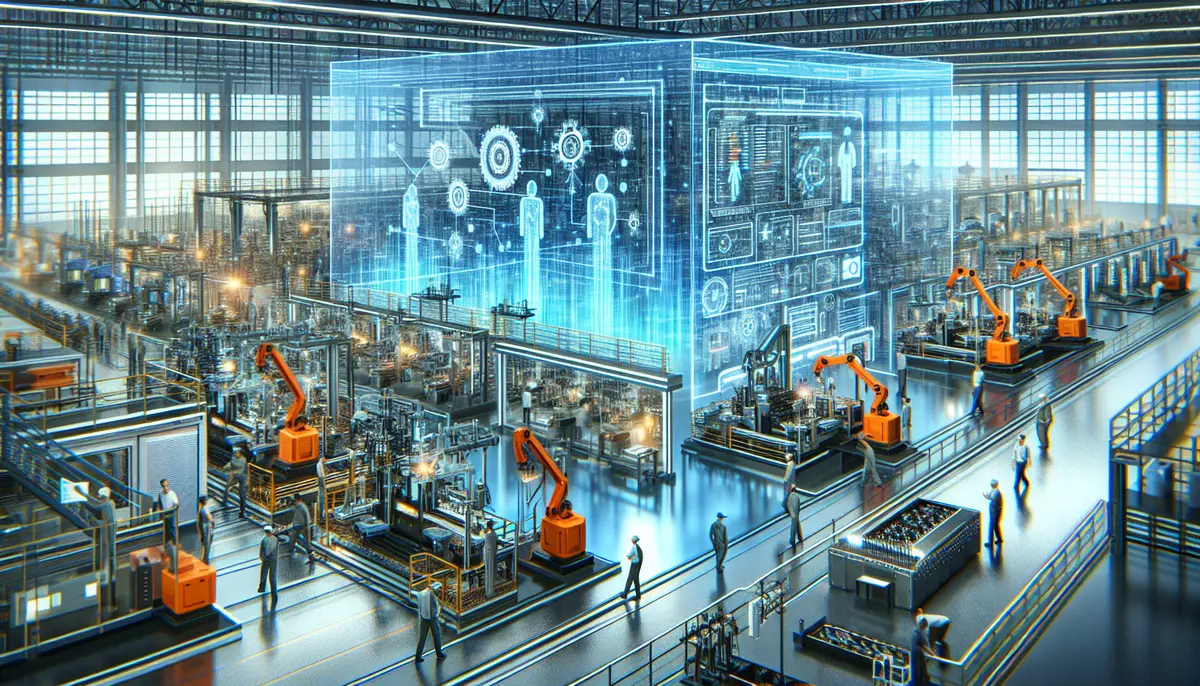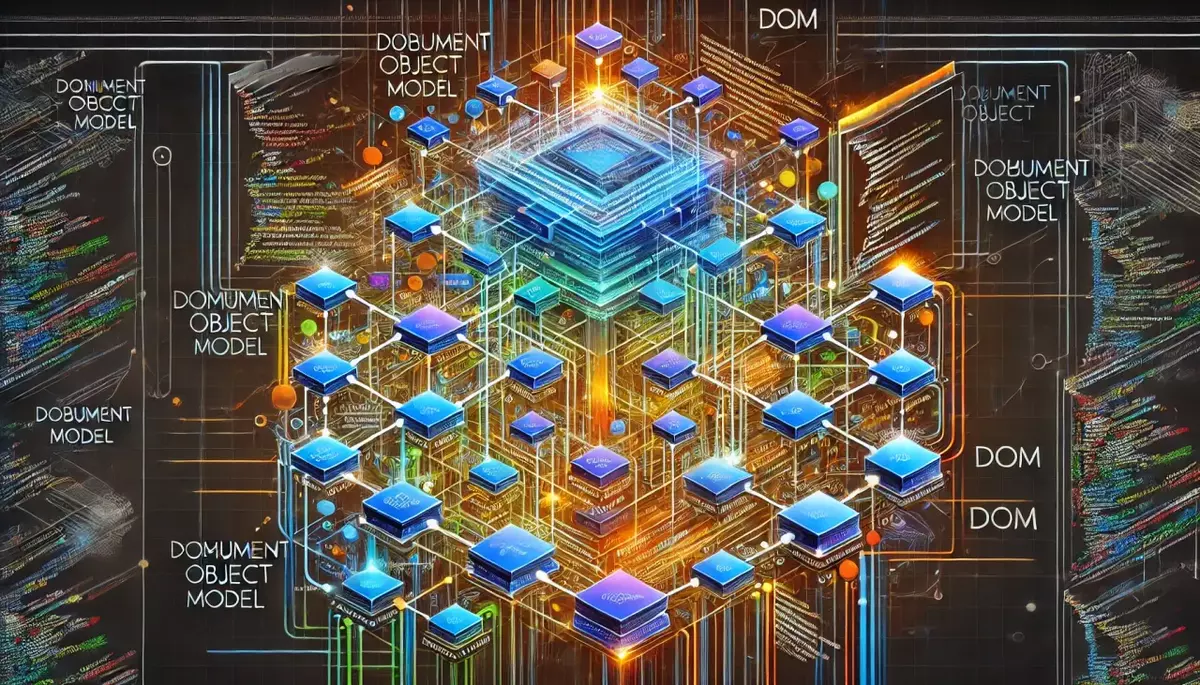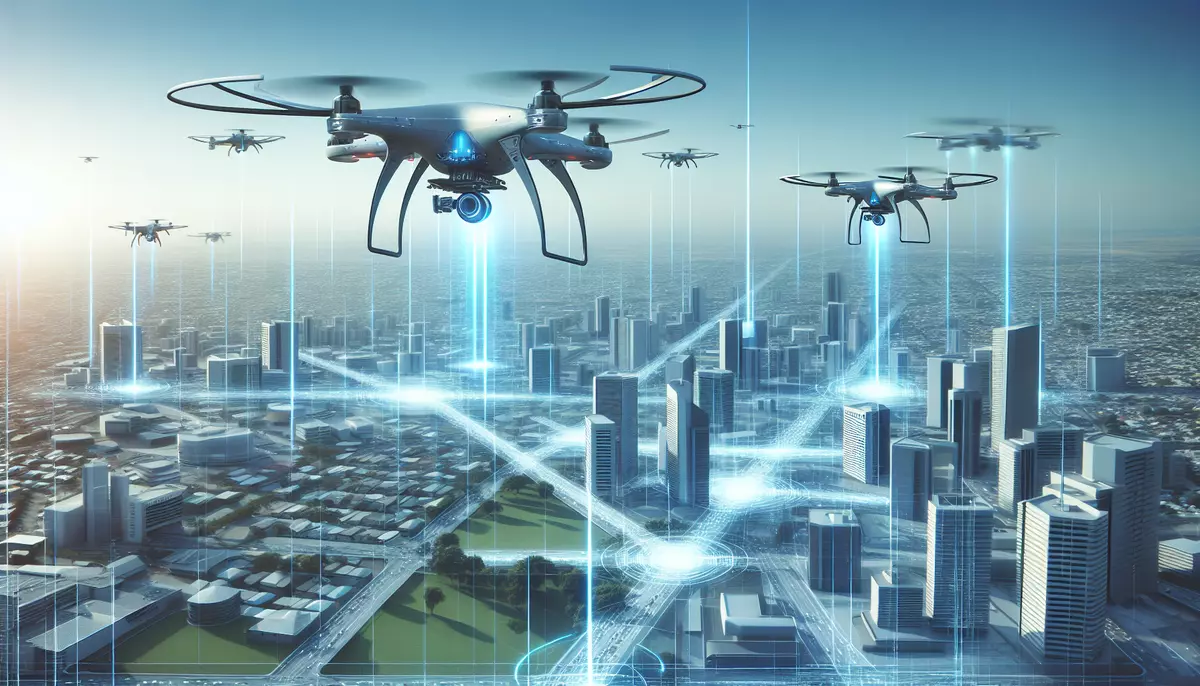Introduction
Digital twins are virtual representations of physical assets, processes, or systems that enable real-time monitoring, analysis, and optimization. In the manufacturing industry, digital twins are revolutionizing the way products are designed, produced, and maintained.
What is a Digital Twin in Manufacturing?
A digital twin in manufacturing is a dynamic, virtual model of a physical manufacturing process, asset, or product. It is created using data from sensors, historical records, and other sources to mirror the real-world counterpart throughout its lifecycle.
Key Characteristics of Digital Twins in Manufacturing:
- Synchronization: Digital twins are continuously updated with real-time data from the physical asset, ensuring the virtual model accurately reflects the current state.
- Simulation: Digital twins enable the simulation of various scenarios, allowing manufacturers to test changes, optimize processes, and predict outcomes before implementing them in the physical world.
- Analytics: Digital twins provide advanced analytics and insights, enabling manufacturers to make data-driven decisions and improve overall operational efficiency.
Benefits of Digital Twins in Manufacturing
The implementation of digital twins in manufacturing offers numerous benefits, including:
Improved Product Design and Development:
- Faster Prototyping: Digital twins allow for rapid prototyping and testing of new product designs, reducing development time and costs.
- Enhanced Customization: Digital twins enable the personalization of products to meet specific customer requirements.
Optimized Manufacturing Processes:
- Predictive Maintenance: Digital twins can predict equipment failures and schedule maintenance, reducing downtime and maintenance costs.
- Increased Efficiency: Digital twins help identify bottlenecks, optimize workflows, and improve resource utilization, leading to higher productivity.
Improved Product Quality and Lifecycle Management:
- Quality Assurance: Digital twins can monitor product quality in real-time and identify potential issues during the manufacturing process.
- Lifecycle Optimization: Digital twins can track a product’s performance throughout its lifecycle, enabling manufacturers to make informed decisions about maintenance, upgrades, and end-of-life strategies.
Implementing Digital Twins in Manufacturing
Successful implementation of digital twins in manufacturing requires a comprehensive approach, including:
Key Steps:
- Define the Scope: Identify the specific manufacturing processes, assets, or products that will be represented by the digital twin.
- Collect and Integrate Data: Gather data from various sources, including sensors, enterprise systems, and historical records, and integrate them into a unified platform.
- Develop the Digital Twin: Create the virtual model using advanced modeling and simulation techniques, ensuring it accurately reflects the physical counterpart.
- Implement Connectivity: Establish real-time data connections between the physical asset and the digital twin to enable continuous synchronization.
- Analyze and Optimize: Leverage the digital twin’s analytics capabilities to identify opportunities for improvement and implement optimizations in the physical manufacturing process.
Challenges and Considerations
While digital twins offer significant benefits, there are also challenges and considerations to address:
Challenges:
- Data Integration: Integrating data from multiple sources and ensuring data quality and consistency can be a complex and time-consuming process.
- Cybersecurity: Protecting the digital twin and the associated data from cyber threats is crucial to prevent unauthorized access and potential disruptions.
- Organizational Change: Successful implementation of digital twins requires a cultural shift within the organization, as it involves new ways of working and decision-making.
Considerations:
- Scalability: Ensuring the digital twin platform can handle the increasing volume and complexity of data as the number of connected assets grows.
- Interoperability: Ensuring the digital twin can seamlessly integrate with existing manufacturing systems and technologies.
- Talent and Expertise: Developing the necessary skills and expertise within the organization to effectively design, implement, and maintain digital twins.
Future Trends in Digital Twins for Manufacturing
The field of digital twins in manufacturing is rapidly evolving, and several emerging trends are shaping its future:
Trends:
- Artificial Intelligence and Machine Learning: Integrating AI and ML algorithms into digital twins to enhance predictive capabilities and autonomous decision-making.
- Edge Computing: Leveraging edge devices to enable real-time data processing and analysis closer to the physical asset, reducing latency and improving responsiveness.
- Augmented and Virtual Reality: Combining digital twins with AR and VR technologies to enable immersive visualization and interaction with the virtual model.
- Digital Twin Ecosystems: Developing interconnected digital twin networks that enable collaboration, data sharing, and cross-optimization across the manufacturing value chain.
Conclusion
Digital twins are transforming the manufacturing industry by providing a powerful tool for optimizing processes, improving product quality, and enhancing overall operational efficiency. As the technology continues to evolve, the adoption of digital twins is expected to accelerate, driving the next generation of smart, connected, and sustainable manufacturing.
This knowledge base article is provided by Fabled Sky Research, a company dedicated to exploring and disseminating information on cutting-edge technologies. For more information, please visit our website at https://fabledsky.com/.
References
- Grieves, M. (2014). Digital Twin: Manufacturing Excellence through Virtual Factory Replication. White Paper, Florida Institute of Technology.
- Tao, F., Cheng, J., Qi, Q., Zhang, M., Zhang, H., & Sui, F. (2018). Digital twin-driven product design, manufacturing and service with big data. The International Journal of Advanced Manufacturing Technology, 94(9-12), 3563-3576.
- Rosen, R., von Wichert, G., Lo, G., & Bettenhausen, K. D. (2015). About the importance of autonomy and digital twins for the future of manufacturing. IFAC-PapersOnLine, 48(3), 567-572.
- Boschert, S., & Rosen, R. (2016). Digital twin—the simulation aspect. In Mechatronic Futures (pp. 59-74). Springer, Cham.
- Qi, Q., & Tao, F. (2018). Digital twin and big data towards smart manufacturing and industry 4.0: 360 degree comparison. IEEE Access, 6, 3585-3593.


























